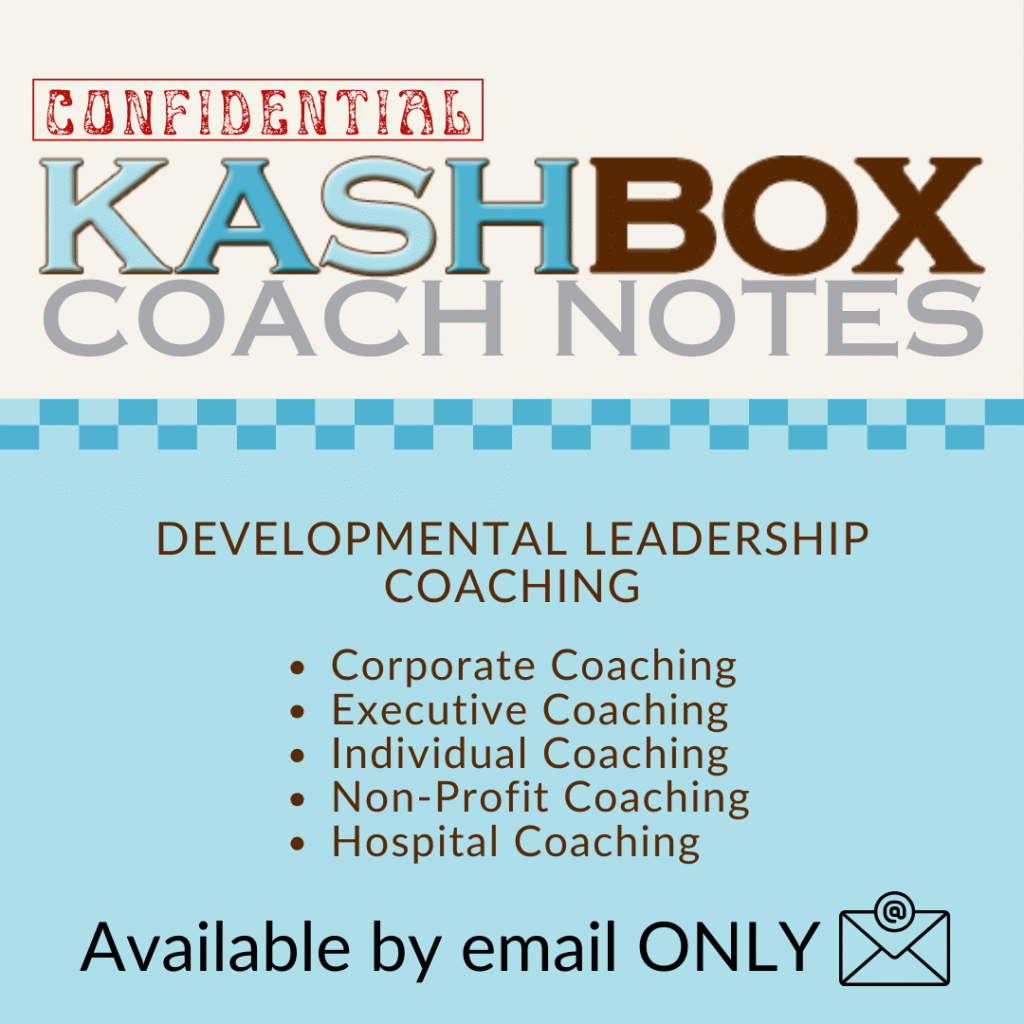Family businesses often bring together diverse strengths and perspectives, a richness that can be both a blessing and a challenge. When one executive in a family business embodies a left-brained approach—logical, analytical, and detail-oriented—and the other leans toward right-brained traits—creative, intuitive, and big-picture-focused—the result can be a dynamic, complementary partnership that drives success. However, this difference in cognitive style can also lead to misunderstandings and conflict if not managed effectively. This blog will explore what happens in such scenarios and outline methods to help these contrasting minds work together harmoniously.
The Dynamics of Contrasting Cognitive Styles
In a family business, blending personal and professional relationships can intensify both the benefits and challenges of having diverse cognitive approaches. A left-brained executive might excel in strategic planning, budgeting, and detailed operational processes. Their strength lies in analyzing data, setting clear metrics, and ensuring every decision is backed by logic and numbers. Conversely, the right-brained executive brings creativity, innovation, and the ability to see the long-term vision. They may focus on brand storytelling, product design, and nurturing a culture of innovation.
While these differences can complement one another, they can also lead to friction. The analytical executive might view the creative ideas as impractical or lacking concrete data, whereas the creative counterpart might feel stifled by overemphasizing process and rigidity. In a family setting, where relationships are deeply personal, such conflicts can become emotionally charged, risking business performance and family harmony.

Ready to Find Your Perfect Kashbox Coach?
Every executive and business leader has unique strengths and faces specific challenges. That’s why we offer a diverse team of experienced coaches, each with specialized expertise in different areas of leadership coaching.
Click the button below to match with a Kashbox Coaching leadership coach who can best help you unlock your full potential.
Finding Success Through Complementary Strengths
The key to transforming these differences into a competitive advantage is recognizing that both approaches are essential for a thriving business. The left-brained executive ensures that the company operates efficiently, maintains fiscal responsibility, and adheres to structured processes. At the same time, the right-brained leader drives innovation and long-term growth through creative thinking and bold strategic moves. A family business can achieve stability and agility by integrating these strengths.
Success begins with mutual respect and understanding. Both parties must acknowledge that neither approach is inherently superior; instead, they are two sides of the same coin. Each executive should appreciate the value the other brings to the table. For instance, the analytical mind can benefit from learning to trust intuitive insights with a track record of success. In contrast, the creative mind might consider incorporating data and feedback into their innovative strategies.
Strategies for Harmonious Collaboration
Here are some methods and strategies that can help a left-brained and a right-brained executive work together more effectively:
- Establish Clear Roles and Responsibilities:
Define each executive’s domain clearly. Let the left-brained leader handle operations, finances, and performance metrics, while the right-brained leader can spearhead marketing, product development, and strategic partnerships. This clarity reduces overlap and minimizes conflict. - Regular Communication and Structured Meetings:
Schedule frequent, structured meetings where both executives can discuss their perspectives. Use an agenda that includes both analytical data and creative insights. This practice ensures that both voices are heard and that discussions remain balanced. - Joint Decision-Making Processes:
Create a framework for decision-making that requires input from both sides. For example, when launching a new product, the creative executive can outline the innovative aspects, while the analytical executive can validate the idea with market research and financial projections. This collaboration leads to well-rounded decisions. - Mutual Education and Cross-Training:
Encourage each executive to learn about the other’s approach. Workshops, seminars, or even casual sessions where each share their expertise can help bridge the cognitive gap. The analytical executive might benefit from creative problem-solving sessions, while the creative leader can attend data analytics and financial forecasting training. - Leverage a Mediator or Coach:
In cases where conflicts arise, bringing in an external mediator or executive coach experienced in family business dynamics can be invaluable. This neutral third party can help both sides see the benefits of their complementary approaches and develop strategies for smoother collaboration. - Emphasize Shared Vision and Goals:
Both executives must align on a unified vision for the business. By focusing on shared goals—growth, innovation, or market leadership—they can work together more effectively despite their different approaches. A shared vision creates a foundation of unity that transcends individual differences.
Bite-sized leadership not published anywhere else.
You can unsubscribe at any time.
The Long-Term Benefits
When successfully managed, the balance between left-brained and right-brained executives can become a hallmark of the business’s identity. The rigorous processes and strategic oversight provided by the analytical leader, combined with the creative, forward-thinking strategies of the intuitive leader, can drive sustainable growth. Moreover, their complementary styles often lead to a culture of innovation that values precision and creativity—a rare and powerful combination in today’s competitive marketplace.
In conclusion, while two distinctly different cognitive styles in a family business can pose challenges, it also offers an incredible opportunity for success. By embracing mutual respect, clear communication, and strategic collaboration, a left-brained and a right-brained executive can coexist and thrive together. Their combined efforts can build a robust, agile business that leverages the best of both worlds—ensuring long-term success and leaving a lasting legacy for future generations.

As the President of Kashbox Coaching my mission is to empower leaders by highlighting their unique strengths and unlocking their leadership potential – to develop all quadrants of their Kashbox (Knowledge, Attitude, Skills, Habits)!
For over 15 years, Hannah Kay Herdlinger has empowered individuals to unlock their full potential and design fulfilling careers and lives. She championed leadership at Sheryl Sandberg’s Lean In and Arianna Huffington’s Thrive Global.
The KASH Method, created by the founder of Kashbox Coaching, offers leaders a unique path to success and positive change. It goes beyond traditional coaching by integrating leadership development, resilience training, and the power of connection to elevate client experiences.
Hannah Kay’s passion is igniting positive and lasting transformations. Through executive, corporate, and individual coaching, she helps clients align professionally. Her journey is a testament to the transformative power of coaching. Her unwavering commitment to empowering others is evident in her own growth and the success of her clients.














